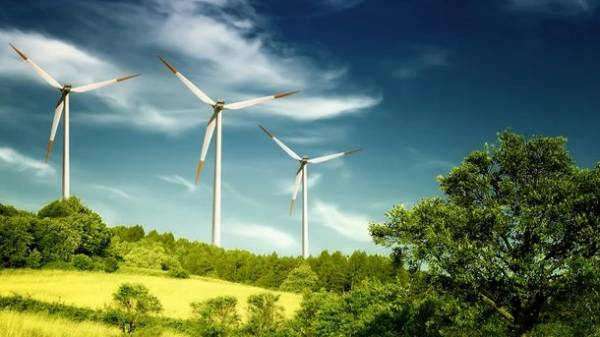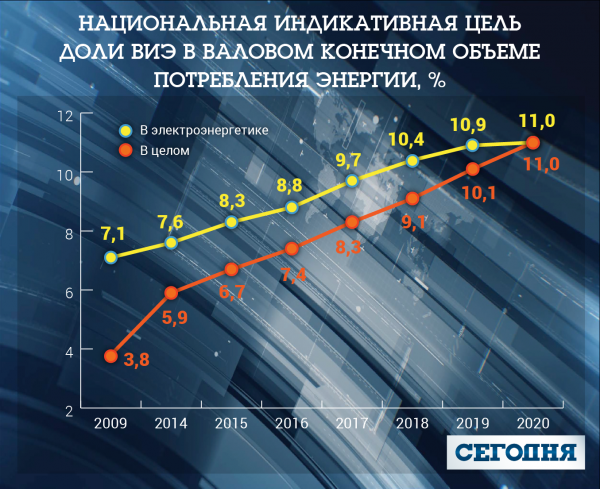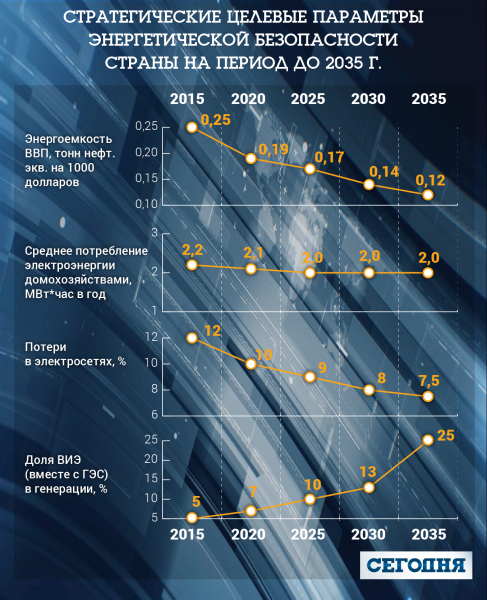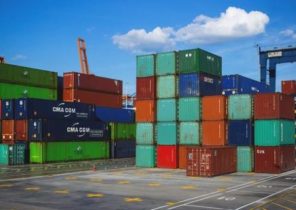
In February, the world Bank published a report on the results of the study RISE – Regulatory Indicators for Sustainable Energy (“sustainable energy regulation”), conducted by experts from the world Bank special initiative of the UN “Affordable energy for all”. The document compares the policies of countries in three areas: access to energy, energy efficiency and support renewable energy.
The aim of this report called to assist governments in assessing whether they have the necessary political and regulatory framework to achieve progress in sustainable energy, and to identify areas where more could be done to attract private investment.
The study included 111 countries, which collectively represent 96% of the world population and 91% of energy consumption. To assess the impact of government policy each country was used 27 indicators and 80 potentiation. The absolute leaders in the aggregate for all three regions were Denmark, USA and Canada. The total score of Ukraine – 67 points (out of 100), she ranked 45th place, the last in the “average” area.
In the field of energy efficiency are leading the United States – 88 points, followed by Denmark and Romania. Ukraine received 37 points and was on the boundary of the “below average”. Among the reasons for the low assessment experts called the lack of information provided to consumers; the insignificance of incentives for energy saving from the tariff structure; small number of incentives to save in large enterprises and in the public sector, the almost complete absence of such incentives in the public sector, the lack of standards for minimum energy consumption.
In the field of state support for renewable energy leader Denmark (94) for her, go the Netherlands and Germany. Ukraine has received 64 points, sitting in the middle of the zone “below average”. Main failures in this area are related to inadequate incentives and regulatory support for the introduction of renewable energy sources, as well as difficulties connecting sources to the grid.
In the field of access to energy, we put the maximum 100 points. But we should not delude ourselves, because the same evaluation has received a lot of countries.
Actions in the field of renewable energy
The RISE report is based on data available at the end of 2015, but since then in Ukraine in this area has changed little. Many plans remain only on paper, the laws remain without supporting regulations, and necessary bills can’t become laws.
By the Cabinet on 01.10.2014 № 902-R approved the national action plan for renewable energy for the period up to 2020 the Main objective of the plan is to reach the proportion of energy generated from renewable energy sources (RES) in final energy consumption not less than 11%, which would bring the structure of the fuel and energy balance of Ukraine to level of the EU.

The planned growth capacity of only wind power plants (WPP) is equivalent to the launch of two new nuclear power units. In addition, the plan provides for the dynamic growth of the bioenergy sector. It was said that the implementation of this strategic for our country plan will contribute to attracting investment in renewable energy.
It is now clear that to achieve the goals unrealistic. If up to 2015 in the country annually was put into operation up to 300 MW of new capacity in renewable energy in 2015, only 19.5 MW, the data for last year yet, but it is unlikely the numbers will be larger. A significant portion of existing capacity is actually lost in the Crimea.
In mid-March this year, the head of the national Commission Dmitry Vovk said that the amount of investment required to increase the share of renewables from 6% to 11% is 3 billion euros. This will allow us to produce an additional 5.5 billion kWh. the Annual amount of the investment at current rates will be 700 million euros. However, according to the head of the national Commission, increasing the share of renewable energy to 11% will increase electricity prices by 12%. When you increase the share of renewable to 20%, the price will rise by 27%. That is, the head of the regulator warned about the inevitability of growth rate by increasing the share of renewable energy.
It should be noted that the volume of investment in this case is difficult to determine and estimates vary greatly. So in may 2015 the Chairman of the Saee Serhiy Savchuk said about 16 billion euros needed to achieve a share of 11%. In January this year he confirmed his estimate of the amount of the required investment.
National energy strategy
Updated version of the Energy strategy of Ukraine until 2030 was adopted by the Cabinet 24.07.2013 and it was immediately subjected to serious criticism. Domestic and foreign experts noted that this document is similar to the set of estimates of industry segments energy, rather than a comprehensive strategy, which should contain not only recommendations, but also specific activities, mechanisms of implementation.
The new draft Energy strategy to 2035 were released in late December of last year. At the initiative of the Ministry of energy it was developed by the National Institute for strategic studies and the Ukrainian center for economic and political studies. A. Razumkov. It is noted that the energy complex of the country must undergo a period of transformation, due not only to the effect of industry factors, but also socio-economic transformations in the country taking into account the factor of safety in terms of external military and political aggression. It is projected that the share of gas in the structure of total energy production in 2035 will decrease from 36% to 30%, while the share of coal to 13%. The highest rate will increase the use of renewable energy sources, their share will increase 3.8 times from 6% to 20%.

Wind and solar power – as of 2016, these types of RES have an installed capacity of 0.5 GW. The introduction of government policies stimulating electricity production from RES through the mechanism of “green” tariff and tax preferences has led in time to the rapid development of solar and wind electricity, but now the process is strongly slowed down.
Ukraine retained the potential development capacity of wind and solar energy, but there is considerable uncertainty regarding the realization of this potential, taking into account:
the relatively high current price of technology that make new capacities of renewable energy is approximately two times more expensive compared to conservative sources of electricity generation;
– the high cost of the mechanisms of accumulation and balancing re generation, characterized by high unpredictability;
– insufficiently developed network of power lines for the needs of VES and SES in the South of Ukraine;
technical and bureaucratic complexities of the connection of RES units to the United energy system of the country;
– high rates of private financing of such projects, given the General risks of investing in Ukraine.
The use of biomass is technologically possible to obtain electric and thermal energy. However, given the high transportation costs, biomass transportation distance of over 100 km can be considered economically feasible. So first of all, this resource is useful for decentralized generation (e.g. individual heating systems or generate electricity for their own needs).
Hydropower plays an important role in ensuring the sustainability of IPS of Ukraine, since it provides a highly maneuverable capacities to regulate production schedules. However, further development of hydropower potential of the country is limited, because it’s important to consider the negative environmental impact on the environment, the need of water for irrigation etc.
Energy saving may not be a sufficient tool for the interest of consumers of energy in their savings. Domestic and industrial consumers have their own specific goals and objectives that are not often associated with the problem of economical expenditure of energy. Necessary incentives will be after the completion of the transition to market pricing. The elimination of tariff methodology “cost+”, improvement of normative legal base of regulation of energy markets, increase of competition will force the business entities to provide a substantial increase in their own efficiency.
What is required in legislation for renewable energy:
– optimization policy of “green” tariff, which should provide investors with a standardized rate of return, but making it impossible to obtain excess profits and unduly increase the financial burden on consumers;
– reducing the time for issuing and number of permits required for project implementation;
– revision and approval of action Plan on legal and regulatory ensuring of the implementation of the state policy for the development and use of renewable energy sources;
– finalization and approval of the National plan of action for reducing the emissions of installations of high power (50 MW) in accordance with the requirements of Directive 2010/75 / EC, 2001/80 / EC;
– development of legislation regarding the introduction of the emissions trading scheme of greenhouse gases.







